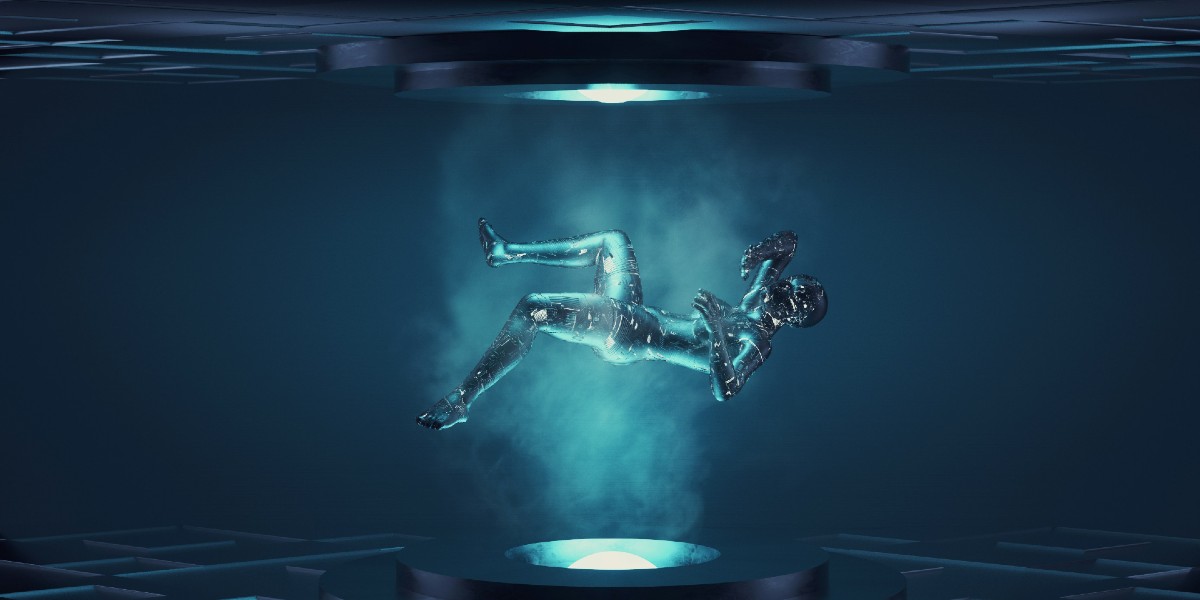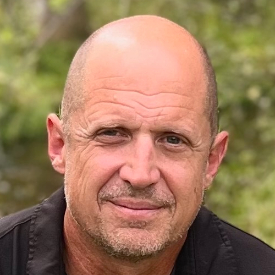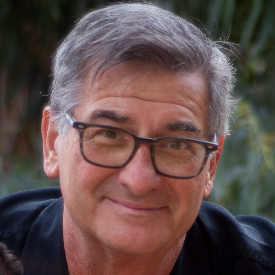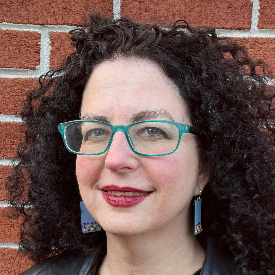Ray Kurzweil is Principal Researcher and AI Visionary at Google. He was the principal inventor of the first CCD flat-bed scanner, omni-font optical character recognition, print-to-speech reading machine for the blind, text-to-speech synthesizer, music synthesizer capable of recreating the grand piano and other orchestral instruments, and commercially marketed large-vocabulary speech recognition software. Ray received a Grammy Award for outstanding achievement in music technology; he is a recipient of the National Medal of Technology and was inducted into the National Inventors Hall of Fame.
Below, Ray shares five key insights from his new book, The Singularity Is Nearer: When We Merge with AI. Listen to the audio version—read by Ray himself—in the Next Big Idea App.

1. Information technology is advancing at an exponential rate.
While our intuition tells us the future is unfolding linearly, technology is actually advancing exponentially. This is why the pace of change often catches us by surprise. I discovered this 40 years ago when I began charting computing progress. No one knew this was happening at the time.
If you count thirty steps linearly— 1, 2, 3, 4— and so on, you get to 30. But if you count thirty steps exponentially—2, 4, 8, 16—you get to a billion. That’s a significant difference. This means that in the next 10 years, we’ll see 175 years of progress at today’s rate.
The exponential growth of computation has been smooth and steady for the past 85 years, despite world wars and economic depressions, and regardless of whether we’re measuring relay speeds, vacuum tube speeds, or integrated circuits. Most economists still use a linear model for their forecasts, which is incorrect.
Since 1939, computers have gone from performing 0.000007 calculations per second per constant dollar to half a trillion calculations per second per constant dollar. That’s a 75 quadrillion-fold increase! This happens because information technologies make each next innovation easier, creating a feedback loop. For example, we use one chip to design a better chip.
I’ve used this data to make accurate predictions about the future for the past four decades, many of which are coming true now.
2. Artificial intelligence will reach and immediately soar past human-level intelligence by 2029.
This prediction in 1999 stirred up a lot of concern and skepticism. Stanford University was so alarmed they organized a conference of AI experts to discuss my prediction. Eighty percent of attendees thought AI would take at least 100 years to reach human-level intelligence. Yet, here we are, right on track to reach this milestone in the next five years, if not sooner. AI has already overtaken humans in many ways. You can ask a large language model any question about any subject, and it will give you an intelligent response. Who on earth can do the same?
“Artificial intelligence is not an alien invasion.”
Many people are worried that we’ll have to compete with AI for survival. But artificial intelligence is not an alien invasion. It’s evolving from within us and will reflect our humanity. From the first hominid who picked up a stick to reach a higher branch to Gemini and GPT-4 today, our technology is how we extend the reach of our bodies and minds.
3. We will solve aging in the next five to ten years by applying AI to medicine.
This means your risk of dying will not go up as you get older. Those who are diligent with their health will reach Longevity Escape Velocity between 2029 and 2035. This is when we will be adding more time to our remaining life expectancy than is going by.
Right now, as you live through a year, you use up a year of your longevity. However, if you’re diligent about healthcare and nutrition, you will get back as much as four months per year today from breakthroughs in scientific understanding. In other words, you will only lose about eight months of longevity in a year. However, AI is advancing exponentially, so by the mid-2030s, when you live through a year, you’ll get back an entire year from scientific progress. Beyond that point, you will get back more than a year for every year you live so you’ll be going backwards in time, as far as your health is concerned.
We will achieve this by simulating biology with AI. Moderna’s Covid vaccine is an early example. At the pandemic’s beginning, Moderna used AI to help design and optimize mRNA sequences and discovered its successful vaccine in just two days. They also used AI to speed up the manufacturing and testing process, saving countless lives.
But AI will soon allow even more intensive biosimulation, testing billions of possible molecular sequences to find optimal solutions for all diseases, not just viruses like COVID-19. We are now on a rapid path to cure cancer, Alzheimer’s, and aging itself.
AI is unlocking all the genetic data we need to reprogram biology. In all of history until 2022, scientists determined the shapes of 170,000 proteins. Then, AlphaFold 2, an AI model created by DeepMind, discovered over 200 million proteins, not just in humans but in all of nature. This marked a profound step forward in medicine because it gave us the information we need to determine what medicines will work one thousand times faster than we have in the past.
4. AI is about to leap from transforming the digital world to transforming the physical world.
As we apply AI to all fields, it will accelerate everything—medicine, energy, manufacturing—basically everything we care about, all at once. We are going to live healthfully with an abundance of resources.
Civilization progresses through tightly interconnected feedback loops. More wealth means better education, better doctors, and healthier people creating even more wealth. When AI is applied to one part of the feedback loop, it doesn’t just supercharge progress in that one area—it supercharges everything.
“Civilization progresses through tightly interconnected feedback loops.”
If we look at energy, for example, the earth gets enough sunlight to meet our energy needs by over 10,000 times. For the past ten years, we’ve used supercomputing and AI to find better materials for solar cells and energy storage. As a result, the amount of energy obtained from renewable sources is doubling every four years. This puts us on track to meet all our energy needs with renewable sources by the early 2030s.
Having inexpensive and unlimited energy will allow us to convert vast amounts of dirty, salt water into drinkable water. This will lead to a revolution in food production, from horizontal agriculture to vertical farming, where we grow high-quality food in buildings controlled by AI. We’ll grow meat in labs without killing animals, reducing animal suffering. AI is going to make food healthier, cheaper, and abundant.
Unlimited power will also allow us to create an abundance of things, like houses manufactured with 3D printers. Soon, data will make up 100 percent of the value of all products and services, driving down the cost of everything.
Historically, humans have had to compete to meet the physical needs of life. But as we enter an era of abundance, our main struggle will be for purpose and meaning.
5. By 2045, we will reach the Singularity and expand our intelligence a millionfold.
As we merge with AI, it is going to expand our consciousness in ways we can barely imagine, like a person who is deaf hearing the most exquisite symphony for the first time. It is going to radically enhance our humanity. We will be smarter, funnier, sexier, more creative.
In the late 2030s, nanorobots—electronics the size of red blood cells—will go into our brains, noninvasively, through the capillaries and provide wireless communication between the top layer of our brains and additional digital neurons hosted in the cloud, just like your smartphone connects to the cloud today. When we expand our brains digitally, our intelligence will no longer be constrained by the size of our skulls; it will be free to grow exponentially, ultimately expanding a millionfold. This is the Singularity.
We will be freed from biological limitations. We’ll choose and change our physical appearance. We’ll customize natural and virtual environments shared with human and AI friends. We’ll tap into creativity and skills that are unimaginable today, like visualizing shapes in 11 dimensions or speaking every language, which AI can already do. We will have the capability to recreate ourselves and our world. The pace of technological change will be so rapid, and its impact will be so deep that human life will be changed forever.
To listen to the audio version read by author Ray Kurzweil, download the Next Big Idea App today:
































